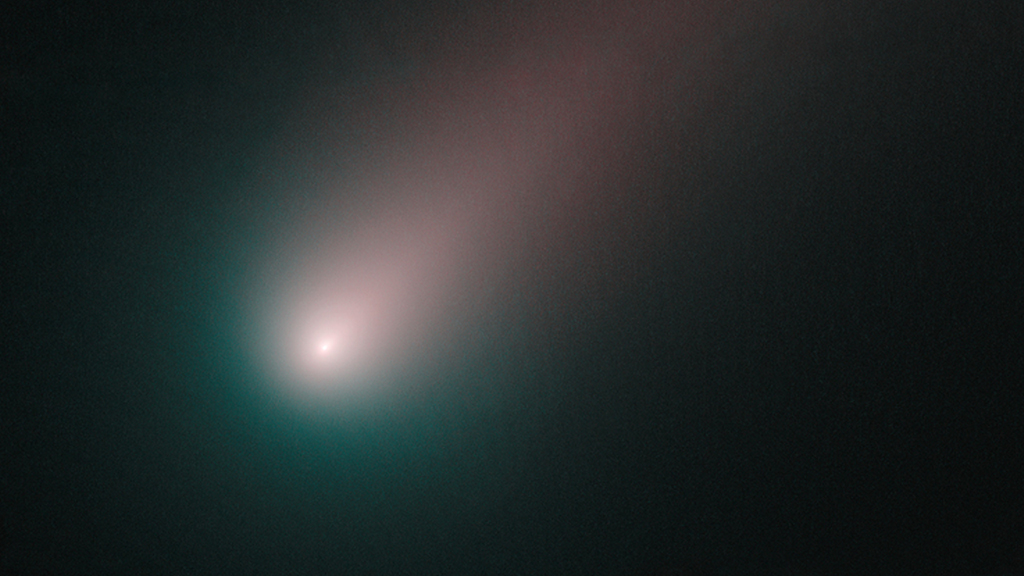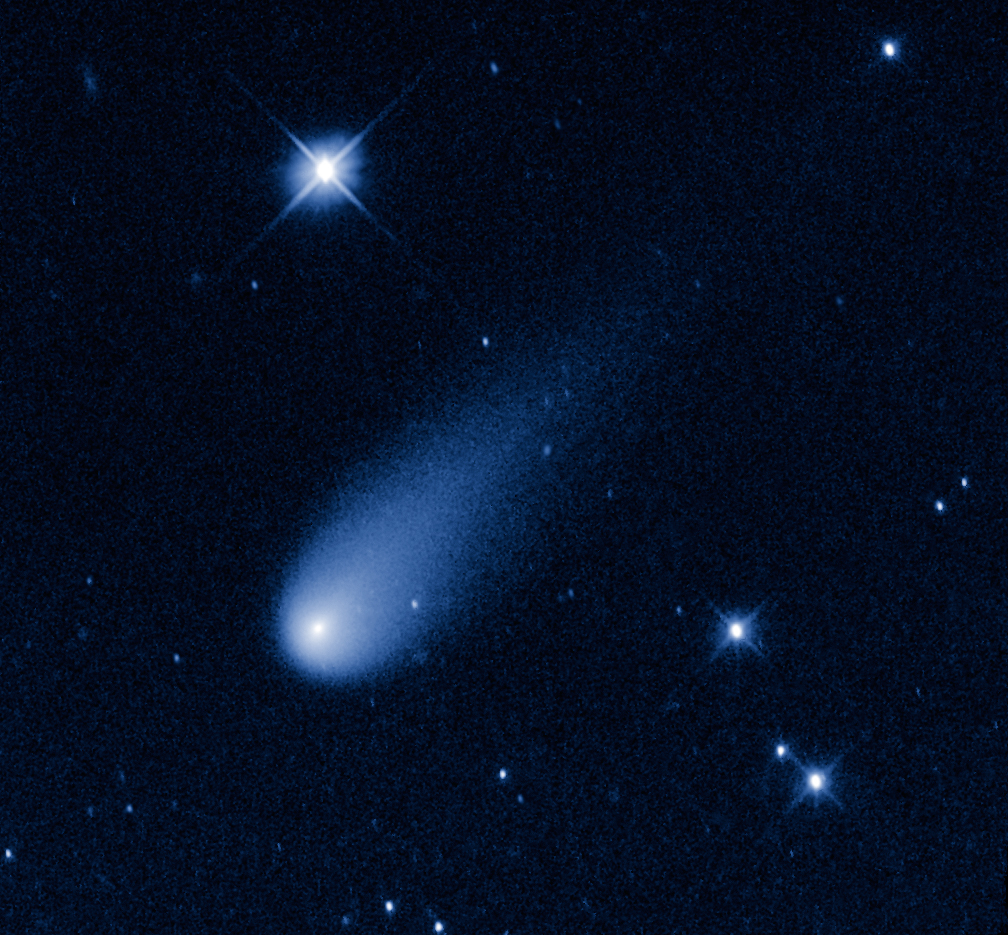Universe
ID: 11370

Images of Comet ISON have been pouring in ever since a pair of Russian astronomers discovered it back in September 2012. But the very best are yet to come, so we think. What makes comets photogenic—and so eye-catching to sky watchers everywhere—is the glow they give off as they travel through space. The glow is the result of gases and dust particles that are shed from a comet due to heating by the sun’s energy. The closer a comet gets to the sun, the more material is released and the brighter it becomes. That’s why scientists are looking forward to November 28, 2013, when Comet ISON will loop around the sun at close range. If it survives the trip, the comet may grow bright enough to be seen with the naked eye. Watch the video to learn more.



Comet Alert




For More Information
Story Credits
Please give credit for this item to:
Science@NASA and NASA's Goddard Space Flight Center
Video courtesy of Science@NASA
Comet images courtesy of NASA/ESA/Hubble Heritage Team
Science@NASA and NASA's Goddard Space Flight Center
Video courtesy of Science@NASA
Comet images courtesy of NASA/ESA/Hubble Heritage Team
Short URL to share this page:
https://svs.gsfc.nasa.gov/11370
Keywords:
SVS >> App
NASA Science >> Universe
https://svs.gsfc.nasa.gov/11370
Keywords:
SVS >> App
NASA Science >> Universe







